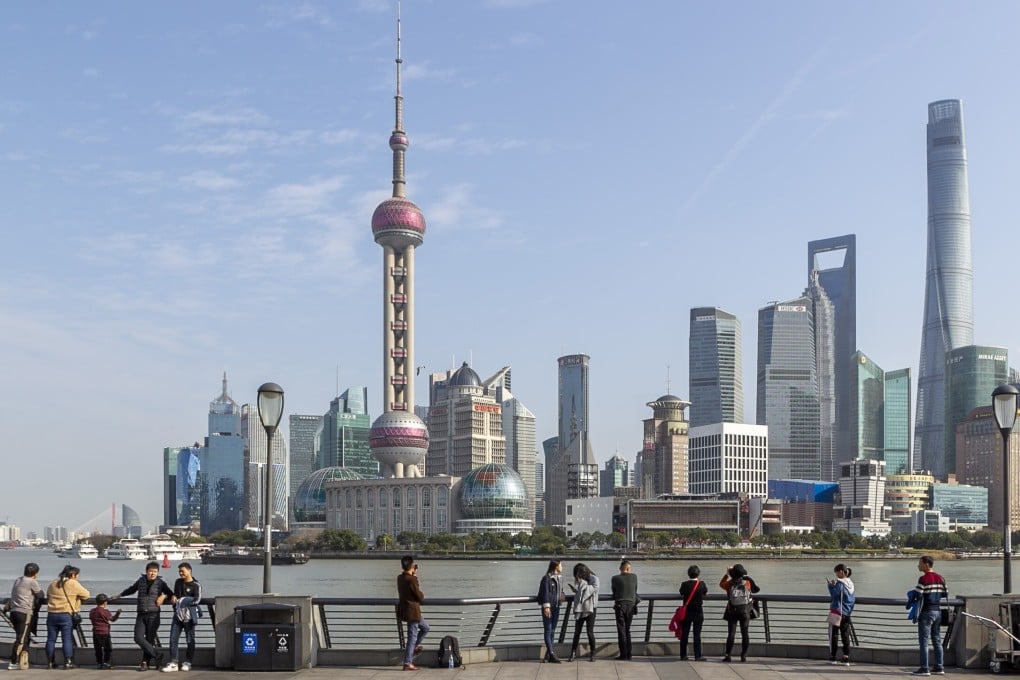Advertisement
China Briefing | Under US pressure, China is planning an economy that can survive a protracted war
- The prospect of all-round confrontation with America has invoked a Mao-era fighting spirit that is the driving force behind China’s 14th five-year plan
- Beijing’s vision of a ‘dual circulation’ economy is likely to emphasise technological self-reliance and growth targets based on quality, not quantity
Reading Time:4 minutes
Why you can trust SCMP
38

As the world’s second-largest economy, China has come a long way since it jettisoned the Soviet-style command economy and embraced reforms and opening up in the 1980s.
But the five-year plan is one of the few potent remnants of that bygone era that Chinese leaders are determined to carry forward and expand. They have long argued that such forward thinking and planning have helped the country to become an economic powerhouse by combining capitalism and state controls.
With officials drawing up the 14th five-year plan, which will run from 2021 to 2025, it has taken on a special importance.
Advertisement
The United States may not be mentioned but the prospects of rising all-round confrontation between the two countries have become a powerful driving force behind the formulation of the new plan.
Because of this, there have been rising concerns and confusion over whether the Chinese government will strengthen state controls over the economy at the expense of reforms and opening up in the next five years as President Xi Jinping has now urged the country to prepare for “a protracted war” in anticipation of a more hostile international environment in the post-pandemic world.
Advertisement
What can one expect from the new five-year plan?
Advertisement
Select Voice
Choose your listening speed
Get through articles 2x faster
1.25x
250 WPM
Slow
Average
Fast
1.25x
